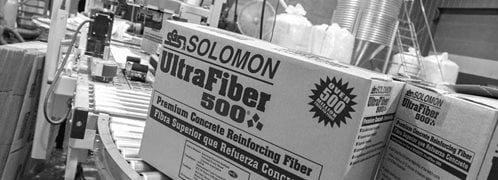- Concrete slabs home
- Use a low water-cement ratio: How to calculate
- Subgrades and subbases for concrete slabs: Tips for ensuring good support
- Concrete Slab Finishing Tips
- DIY Slab Mistakes to Avoid
- How to Prevent Cracks
- Guidelines for preventing cracks in concrete slabs
- Be active in deciding where control joints will be placed
- Reinforcing Concrete Slabs
- Proper Curing of Concrete Slabs
- Properly curing concrete slabs: Why and how
- Related Information:
- Concrete fasteners
- Concrete forms
- The three types of concrete foundations
- Aggregates in ready-mix concrete
- Vapor barriers for concrete slabs
- Post-tensioned concrete slabs
- Concrete slabjacking
- Concrete testing
How to Calculate Water Cement Ratio for Concrete
What is water cement ratio and how is it calculated?The water to cement ratio compares how much water versus cement is used in a concrete mix. A low water cement ratio leads to stronger concrete, but is more difficult to work with.
HOW TO CALCULATE WATER CEMENT RATIO
The water to cement ratio is calculated by dividing the water in one cubic yard of the mix ( in pounds) by the cement in the mix (in pounds). So if one cubic yard of the mix has 235 pounds of water and 470 pounds of cement- the mix is a .50 water to cement ratio.
If the mix lists the water in gallons, multiply the gallons by 8.33 to find how many pounds there are in the mix.
Not a math person? Hire a concrete contractor near you to make sure you get high-quality concrete.
USE A LOW WATER TO CEMENT RATIO
A low water to cement ratio is the number one issue effecting concrete quality.
Low water cement ratio impacts all of the desired properties of concrete listed in the desired properties of concrete section.
Use a maximum .50 water to cement ratio when concrete is exposed to freezing and thawing in a moist condition or to deicing chemicals per the 1997 Uniform Building Code. (Table 19-A-2)
Use a maximum .45 water to cement ratio for concrete with severe or very severe sulfate conditions per the 1997 Uniform Building Code (Table 19-A-4)
Water permeability increases exponentially when concrete has a water cement ratio greater than .50.
Durability increases the less permeable the concrete mix is.
Strength improves with lower water cement ratios. A .45 water cement ratio most likely will hit 4500 psi (pounds per square inch) or greater. A .50 water cement ratio will likely reach 4000 psi or greater.
For complete Uniform Building Code information regarding concrete construction, review with your architect, your ready mix supplier, or at your local library.
Learn how to properly cure a concrete slab.
RELATED:
What is PSI?
How to Mix Concrete
Dry Pour Concrete
Concrete Contractors: Find Vapor Barriers for Concrete Slabs
 Brickform Ultra-M1x
Add color and fiber with one product
Brickform Ultra-M1x
Add color and fiber with one product
 Rescue-Pak
Contains six of the most effective admixtures
Rescue-Pak
Contains six of the most effective admixtures
 UltraFiber 500®
Will not ball or fuzz, accepts color
UltraFiber 500®
Will not ball or fuzz, accepts color





